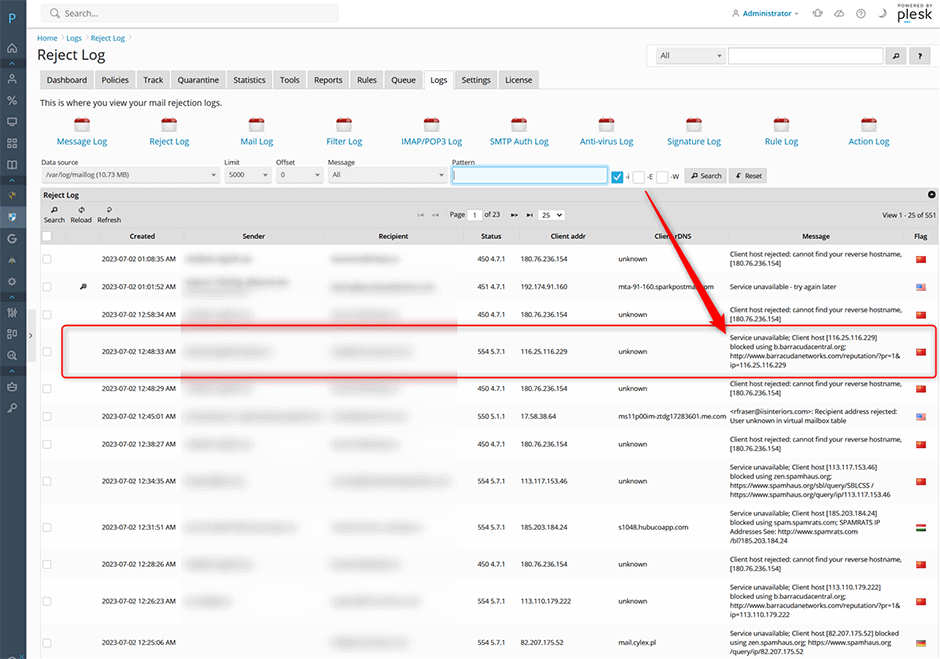Spam Protection Based on DNS Blackhole Lists
Spam emails have been a nuisance for internet users for years. From unwanted advertisements to phishing scams, these unsolicited messages can clog up inboxes and make it difficult to find legitimate emails. One effective way to combat this issue is by utilizing DNS blackhole lists (DNSBL) to filter out spam before it reaches your inbox.
DNS blackhole lists, also known as DNS blocklists, are databases of IP addresses that have been reported as sources of spam. When an email server receives a message, it can check the sender’s IP address against these lists to determine if they have a history of sending spam. If the IP address is found on a DNSBL, the email can be rejected before it even reaches the recipient’s inbox.
How DNS Blackhole Lists Work
When an email server receives a message, it will perform a DNS lookup on the sender’s IP address. This lookup is done against one or more DNS blackhole lists. If the IP address is found on any of these lists, the server can block the email or apply a higher level of scrutiny to determine if it is legitimate.
DNS blackhole lists are maintained by organizations such as Spamhaus, SURBL, and SpamCop who collect and distribute data on known spam sources. These lists are constantly updated to ensure that new sources of spam are identified and blocked quickly.
Benefits of Using DNS Blackhole Lists
There are several benefits to using DNS blackhole lists for spam protection. By blocking known sources of spam, businesses can reduce the amount of junk mail that their employees receive, freeing up time and resources for more important tasks.
- Improved email deliverability
- Reduced spam-related security risks
- Enhanced reputation with email providers
- Lower bandwidth and storage costs
In addition to these benefits, using DNS blackhole lists can also help businesses comply with regulations such as the CAN-SPAM Act by ensuring that only opt-in emails are sent to customers.
Implementing DNS Blackhole Lists
There are several ways to implement DNS blackhole lists for spam protection. Many email servers have built-in support for DNSBLs, allowing administrators to easily enable this feature. Alternatively, third-party spam filtering services can be used to check emails against multiple blacklists for added protection.
It is important to regularly monitor and update the DNS blackhole lists used by your email server to ensure that new spam sources are blocked effectively. By staying proactive and vigilant, businesses can stay one step ahead of spammers and keep their inboxes clean.
Conclusion
Spam protection based on DNS blackhole lists is a powerful tool for businesses looking to reduce the impact of unsolicited emails. By leveraging these lists, organizations can improve email deliverability, reduce security risks, and maintain a positive reputation with email providers. Implementing DNSBLs may require some initial setup and monitoring, but the benefits far outweigh the effort involved.
As the threat of spam continues to evolve, businesses must adapt their defenses to keep pace. DNS blackhole lists offer a proactive and effective solution to this ongoing challenge, helping organizations stay one step ahead of spammers and protect their valuable information.
